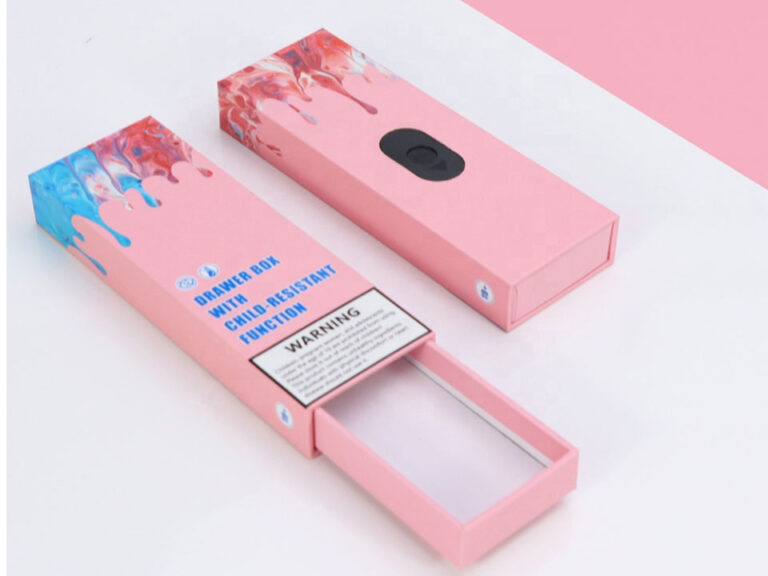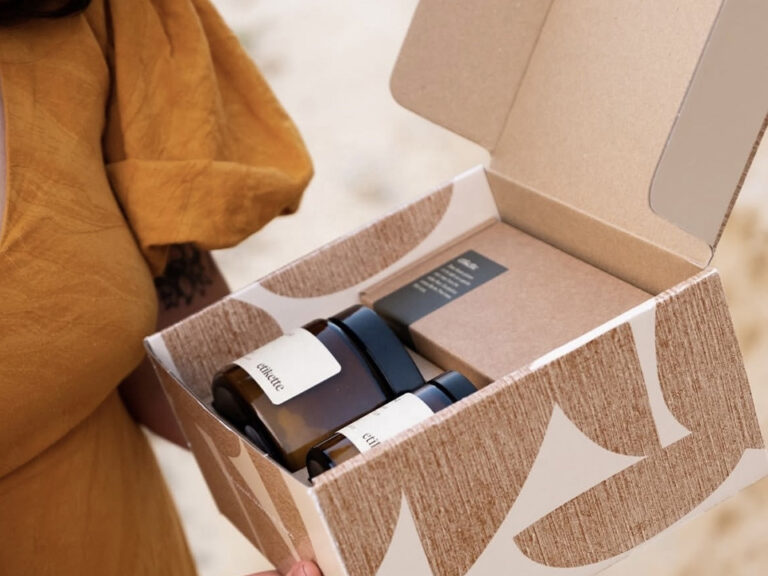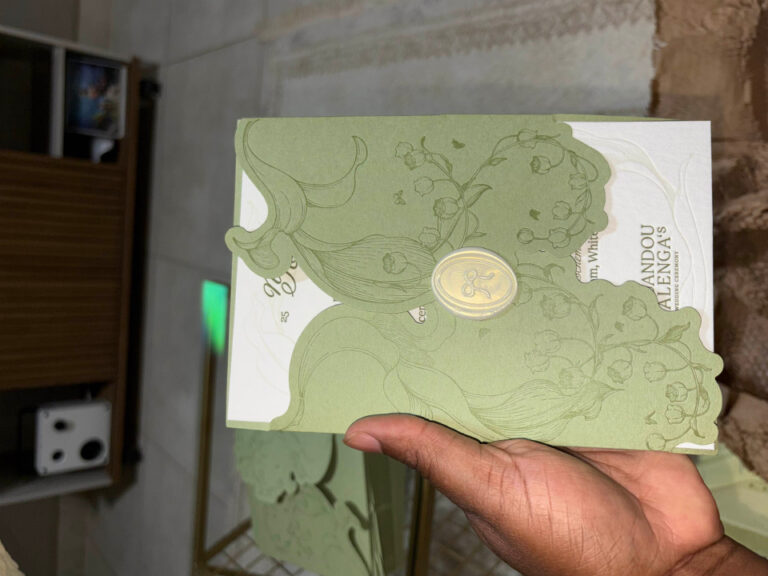Decodificare i sei miti della selezione delle aziende di imballaggio: Aggiornamento strategico dal gioco dei prezzi alla simbiosi del valore
Sintesi
Escaping the price game is less about paying more and more about paying smart. Vet partners on data transparency, flexible capacity, engineered design, and risk discipline. Then grow together on a shared roadmap. If you want a fast, grounded starting point, explore Imballaggio Zhibang for format breadth, see proven outcomes in customer case studies, sfogliare prodotti, o richiedere un preventivo to map options to your goals.
Indice dei contenuti
1. Price transparency: cost control logic that penetrates the “low price trap”
The cheapest unit price often hides the real bill. What matters is total cost of ownership—design iterations, color rework, freight, damage rates, and launch delays. Ask suppliers to unbundle assumptions (substrate, finishes, dielines, make-ready, proofs) and map them to operational outcomes like on-time-in-full and defect ppm. Demand scenario pricing across volumes and print methods so you can compare apples to apples. A capable partner should show how switching a rigid box to a smart cartone pieghevole or consolidating SKUs into a modular scatola ondulata stampata structure reduces waste without hurting shelf presence. If they also offer in-house servizi di stampa, you’ll see tighter control of makeready waste and color drift—less hidden cost, fewer surprises.
TCO benchmarking for packaging procurement
Build a live scorecard: artwork cycle time, first-pass yield, color ΔE, freight utilization, claim ratio, and OTIF. Review monthly and enforce corrective actions jointly with your supplier.
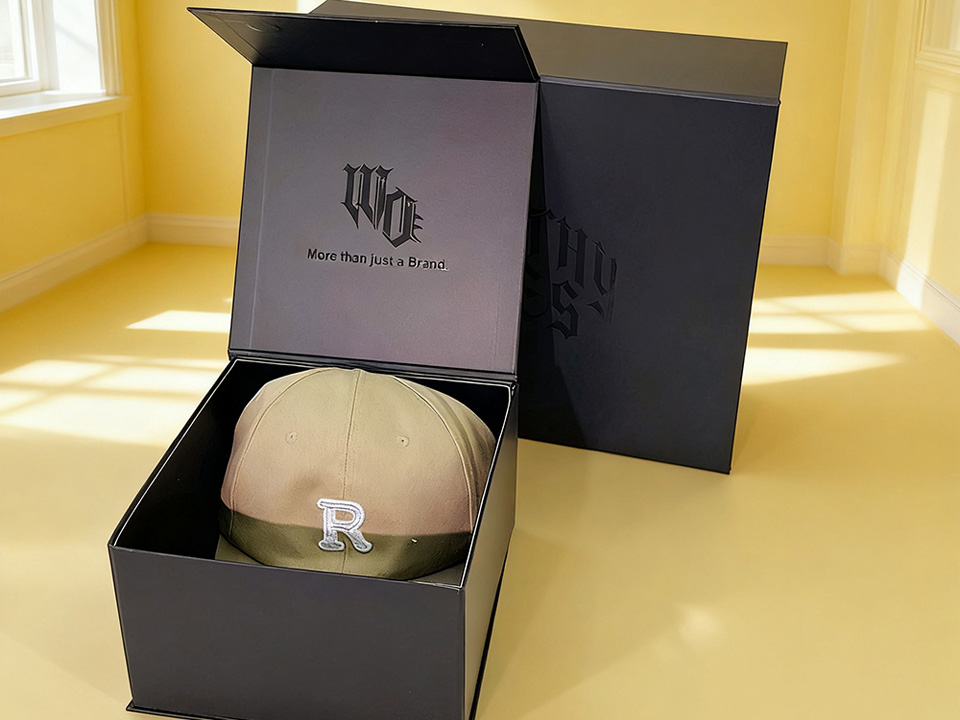
2. Supply chain flexibility: an agile revolution in response to the needs of Generation Z
Gen Z demand spikes around drops, collabs, and viral moments. Your packaging must flex with them. Look for mixed-run capability, late-stage customization (sleeves, variable data), fast changeovers, and vendor-managed inventory. A strong partner can propose quick-turn versions of hero formats—e.g., converting a premium rigid to a collapsible magnetic style for urgent campaigns like these scatole regalo pieghevoli—so you protect brand feel while unlocking speed.
MOQ and lead-time optimization
Negotiate banded MOQs tied to pooled substrates and shared finishing lines. Introduce “bridge” packs for soft launches, then scale into your steady-state format.
Late-stage customization and on-demand printing
Use sleeves, inserts, and variable QR to differentiate SKUs without restarting the whole tooling stack.

3. Data service depth: from “order-based production” to “digital symbiosis”
If your vendor still “confirms by email,” you’re flying blind. Ask for EDI/APIs, live production dashboards (milestones from prepress to ship), digital color standards, and traceability logs for substrates and inks. Advanced converters will pair test data with format choices—e.g., when to pick scatole regalo in carta for luxury cues versus engineered corrugate for transit performance—so design, ops, and finance read the same truth.
Real-time color and print QA
Expect digital ink drawdowns, spectro reports, and ΔE gates per station. That’s how brands keep imagery consistent from DTC to duty-free.
Packaging performance analytics
Request ISTA-style results (compression, drop, vibration) so you can correlate damages with format, route, and climate, not guesswork.
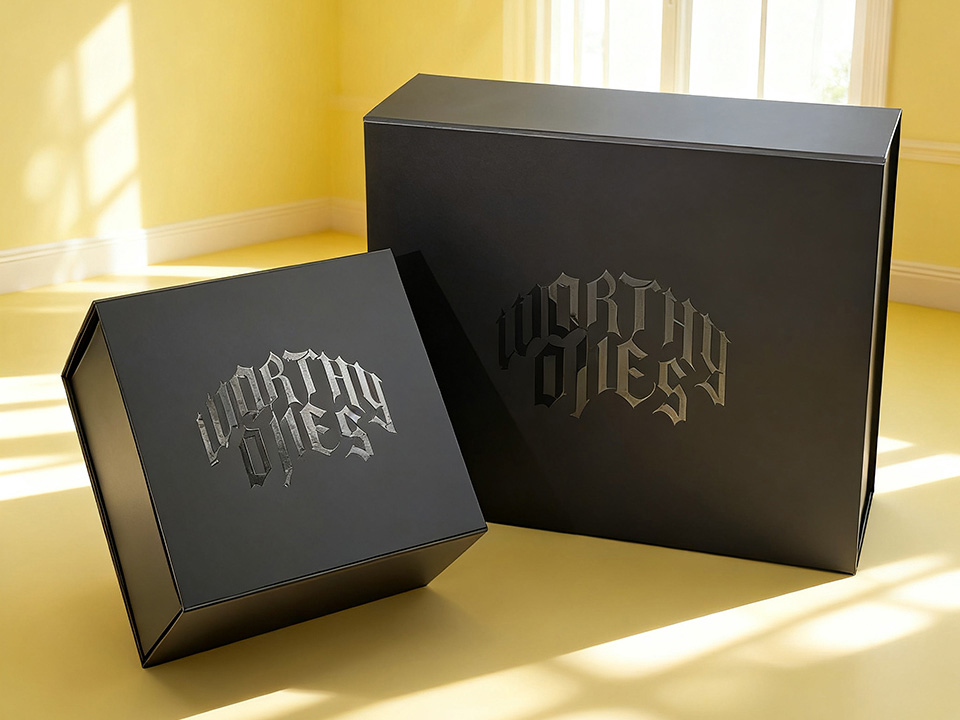
4. Design value transformation: the balance between aesthetic premium and functional upgrade
Great packaging earns its premium by doing two jobs: sell and ship. Your partner should A/B test structure, unboxing ergonomics, and protective design, not just add gold foil. See how premium magnetic formats like this custom magnetic gift box deliver both tactile luxury and efficient kitting.
Structural engineering and unboxing metrics
Measure assembly time, pack density, damage rate, and NPS from unboxing. Small tweaks—shoulder height, tray friction, tear tapes—often beat expensive finishes.
Sustainable materials and spec governance
Embed substrate hierarchies and finish “guardrails.” When you need glam, switch to holographic sleeves or textured papers from existing prodotti, not bespoke one-offs that bloat lead time.
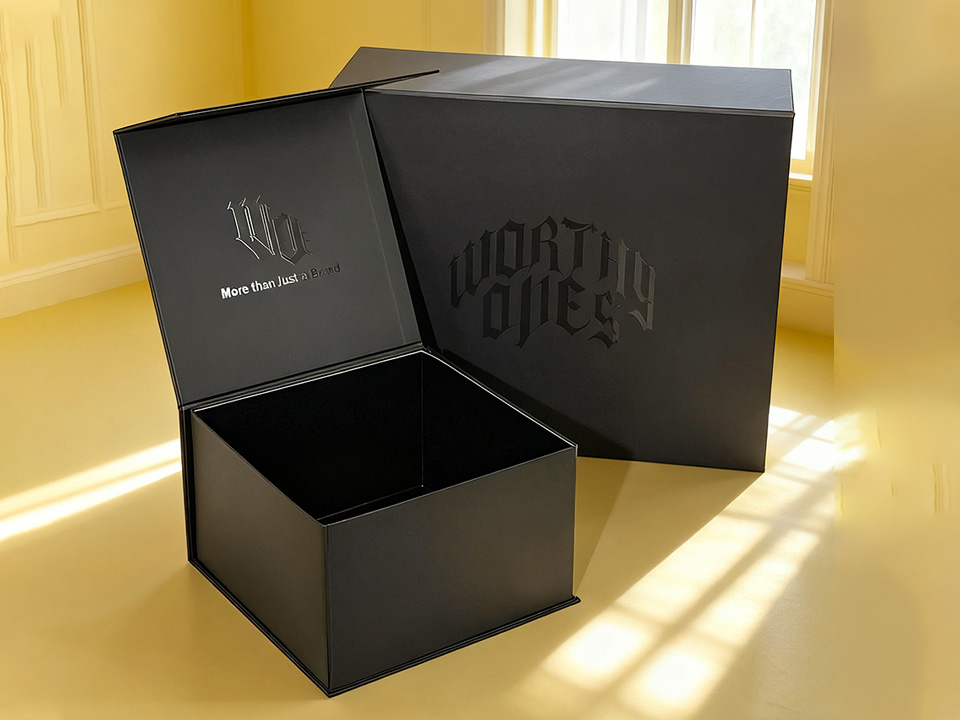
5. Risk prevention and control system: from credit screening to blacklist linkage
A procurement choice is a balance-sheet risk. Shortlist vendors with audited quality systems, export compliance, and clear CAPA discipline. Map their tier-2 suppliers and surge plan; ask for multi-site redundancy and blackout calendars.
Supplier audits and compliance
Look for documented incoming QC, prepress approval workflows, and carton ID traceability. That’s how you stop mix-ups before they reach your 3PL.
Business continuity and issue closure
When something breaks, you want root cause, rapid trials, and permanent fixes—tracked and shared. Review cadence matters: study customer case studies to see real corrective journeys, not slideware.

6. Long-term cooperation value: from transaction relationship to ecological co-construction
The best partners act like an external packaging PMO. They co-plan launches, rationalize SKUs, and build an innovation backlog with you—seasonal limited editions, subscription refills, on-shelf refreshes—then execute across formats from scatole regalo in carta a cartoni pieghevoli e scatole ondulate stampate.
Joint business planning and innovation pipeline
Set annual targets—damage reduction, assembly time, recycled content, and working-capital turns—then fund trials that move the needles.
Governance and KPIs that compound
Hold quarterly reviews on design wins, sustainability progress, and forecast accuracy. Keep a shared action log and celebrate gains publicly to lock in momentum.







